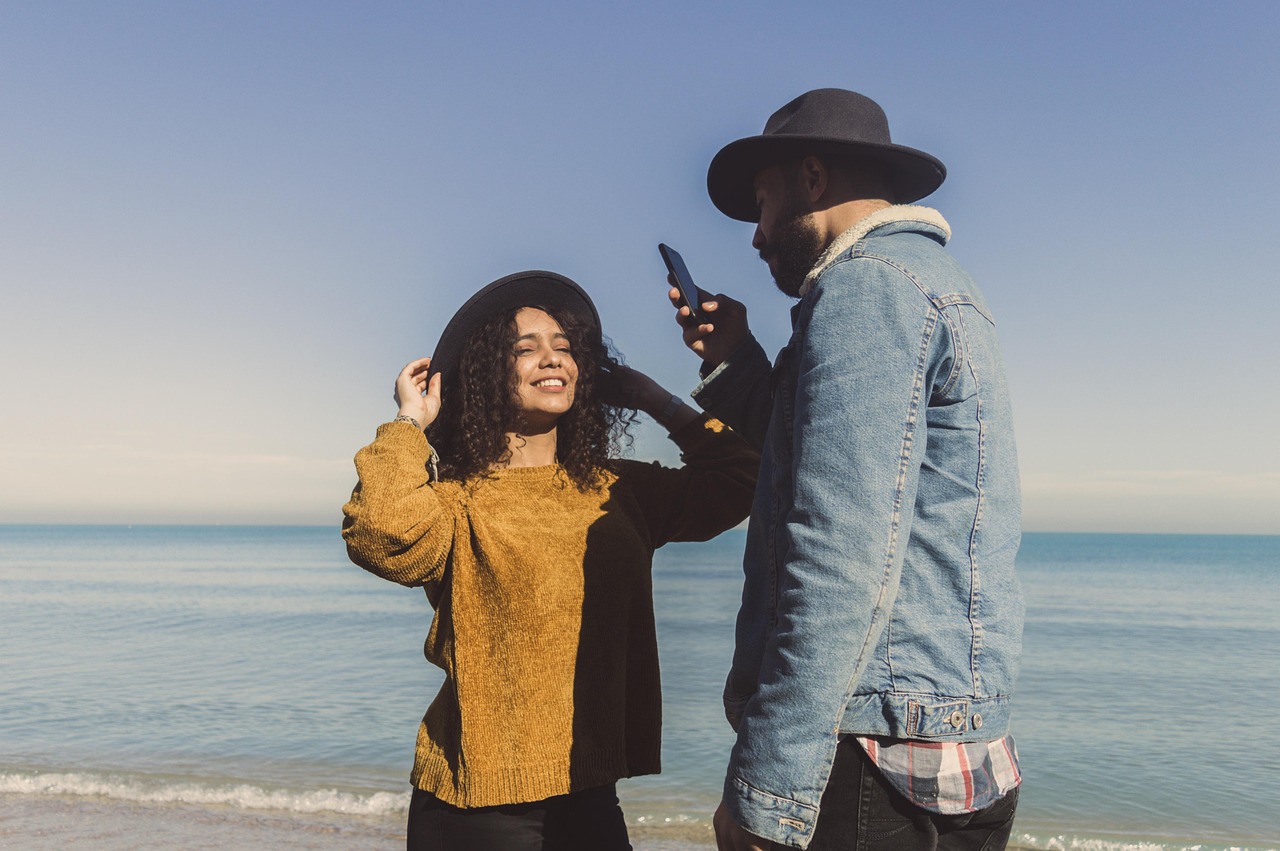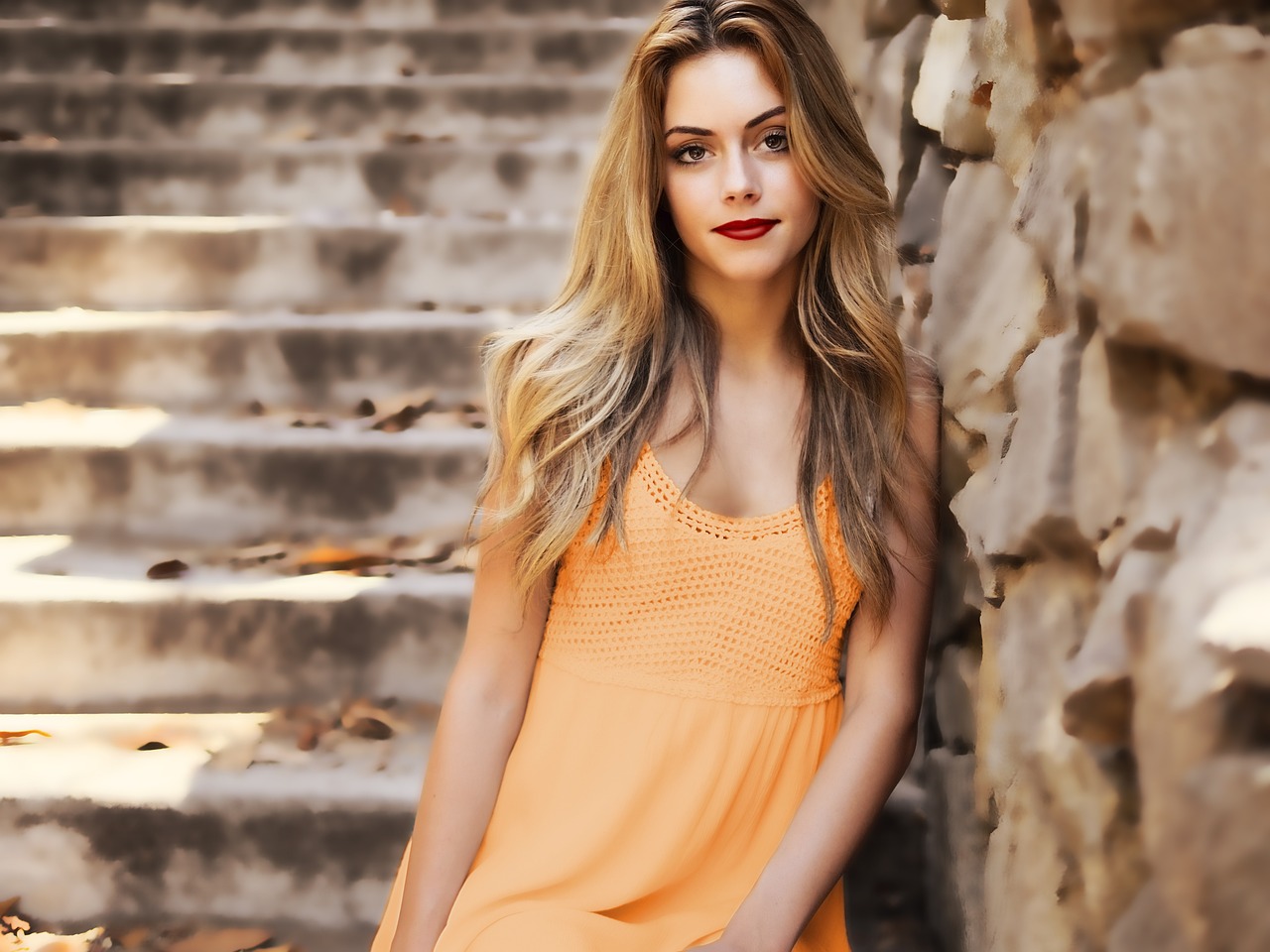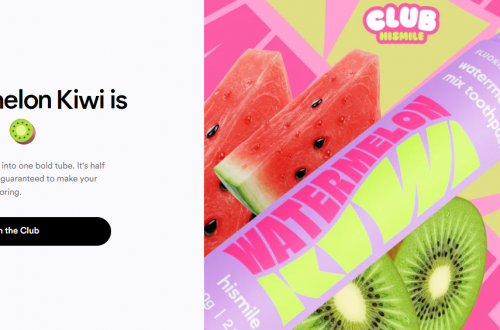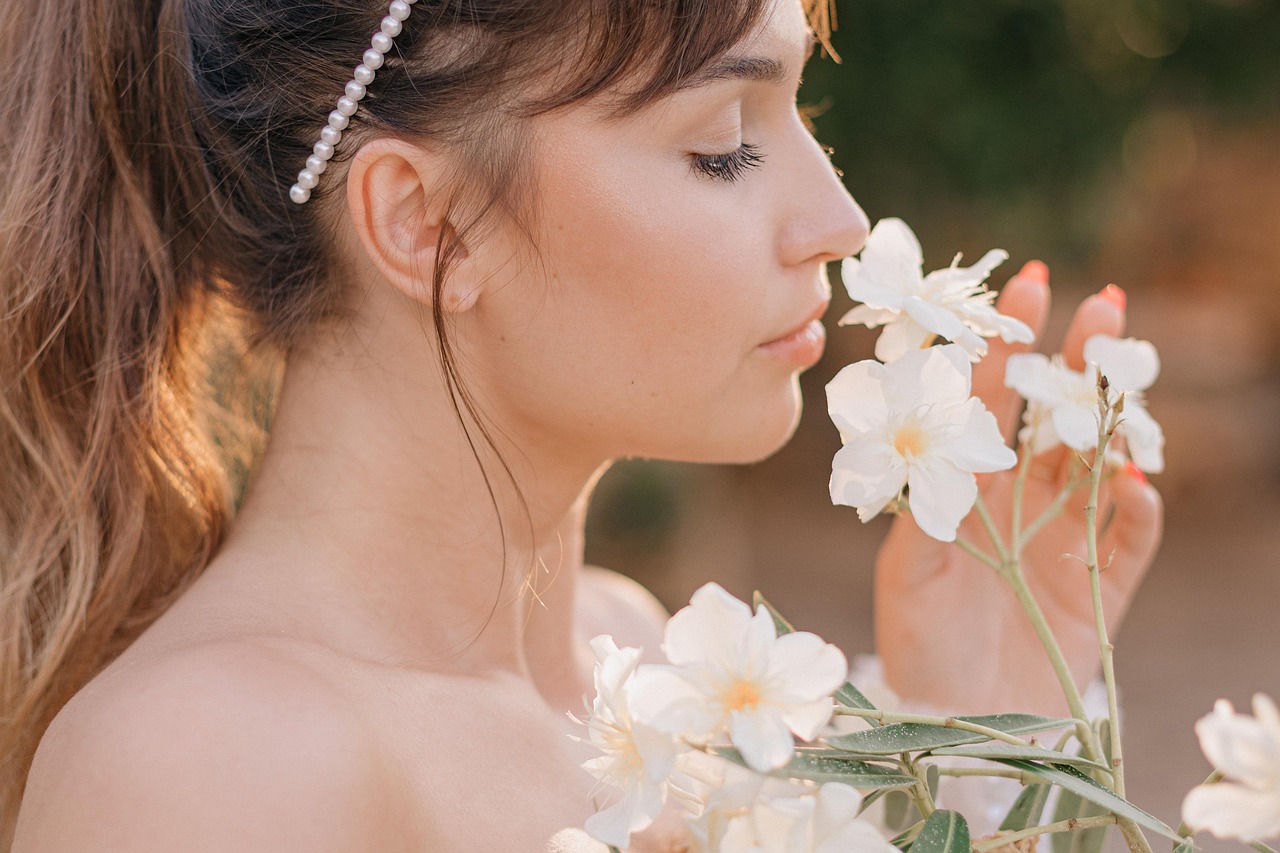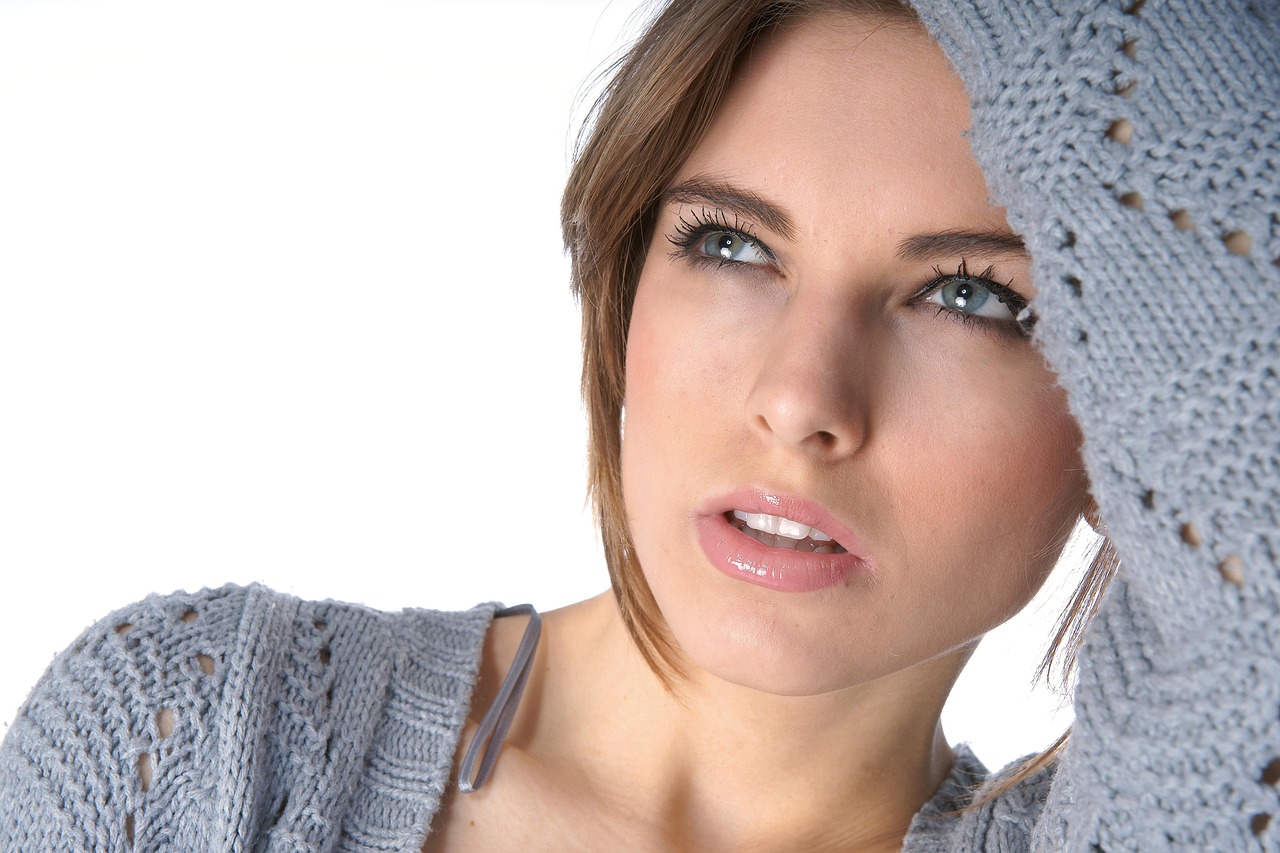
Breaking the Mold: How New Beauty Trends Are Changing the Industry
The beauty industry is undergoing a dramatic transformation. What was once a space dominated by a narrow standard of beauty, products that rarely catered to diverse needs, and an emphasis on “flawless” makeup, has now evolved into something much more inclusive, sustainable, and tech-savvy. New beauty trends are breaking the mold and challenging traditional norms. In this article, we’ll explore the groundbreaking shifts in the beauty industry, from inclusivity to sustainability, technology, and beyond.
The Rise of Inclusivity and Diversity in Beauty
The days when beauty was defined by a single standard of skin tone, body type, and gender are long gone. In recent years, the beauty industry has seen a significant rise in inclusivity, with brands embracing diversity in ways that were unimaginable a decade ago.
Broadening the Definition of Beauty
Beauty is no longer just about adhering to a one-size-fits-all ideal. Brands are embracing the notion that beauty comes in all shapes, colors, and forms. Whether it’s a foundation shade that caters to a wide range of skin tones or a makeup line that celebrates non-binary and gender-fluid identities, the concept of beauty is now far more inclusive. This shift is not only empowering consumers but also encouraging self-expression in all its forms.
Clean Beauty and Sustainability: A Shift Toward Ethical Choices
Consumers today are more conscious than ever about the products they use. From food to fashion, people are demanding more ethical choices, and beauty is no exception. Clean beauty and sustainability are no longer niche trends—they’re mainstream expectations.
What Is Clean Beauty?
Clean beauty refers to products that are made without harmful ingredients like parabens, sulfates, and phthalates. These products prioritize health and environmental impact, focusing on natural ingredients, transparency, and ethical sourcing. As consumers become more aware of the potential risks of chemical-laden products, the demand for clean beauty options has skyrocketed.
Sustainable Beauty Practices in the Industry
Sustainability is another huge trend sweeping the beauty industry. More and more beauty brands are prioritizing eco-friendly packaging, cruelty-free testing, and ethically sourced ingredients. Companies like Fenty Beauty and Glossier are leading the way in reducing plastic waste, while brands like Lush have committed to 100% recyclable or compostable packaging. As sustainability becomes a key factor in purchasing decisions, beauty companies are scrambling to reduce their environmental footprint.
Technology’s Role in Revolutionizing Beauty Trends
Technology is no longer a distant concept in the beauty world—it’s an essential part of shaping new trends. From the development of advanced skincare formulations to the use of AI for personalized beauty routines, tech is playing a huge role in changing how we approach beauty.
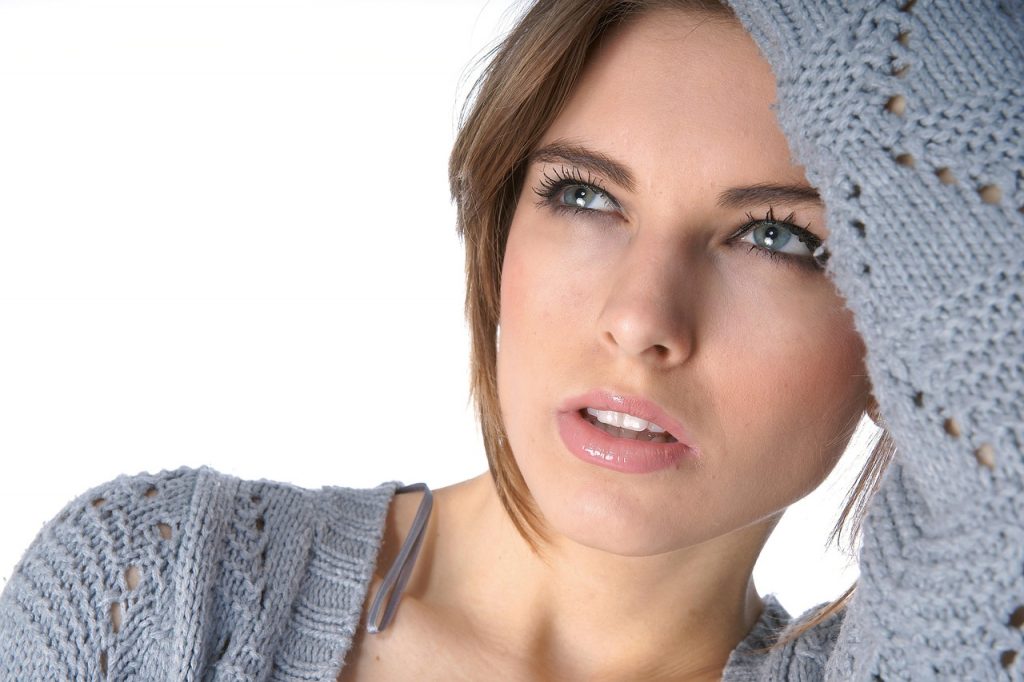
AI and Personalized Beauty
Artificial intelligence is transforming the way we personalize beauty. Brands are using AI to create skincare routines tailored specifically to an individual’s skin type, concerns, and goals. Apps like SkinVision and Proven are analyzing user data to recommend the most effective products, while offering insight into how certain ingredients might work with your skin.
Virtual Try-Ons and Augmented Reality in Beauty
Virtual reality (VR) and augmented reality (AR) are also making waves in the beauty industry. With AR, consumers can virtually try on makeup products before purchasing them, eliminating the guesswork and making online shopping more accurate and fun. Brands like Sephora and L’Oréal are already implementing AR technology, enabling users to experiment with different looks in real-time, all from the comfort of their homes.
The Influence of Social Media on Beauty Trends
In today’s digital age, social media platforms like Instagram, TikTok, and YouTube have become major players in driving beauty trends. These platforms not only serve as a space for influencers to promote products but also act as a direct connection between consumers and the brands they love.
Beauty Influencers and User-Generated Content
Social media influencers are no longer just product promoters—they’re tastemakers shaping the beauty conversation. Influencers with loyal followers can make or break a beauty brand. User-generated content, such as product reviews, tutorials, and unboxing videos, has become crucial for establishing credibility and trust with consumers. With a simple hashtag or viral video, a beauty trend can go global.
TikTok’s Impact on Beauty Trends
TikTok, with its quick and engaging video format, has become a powerhouse for beauty trends. Viral beauty hacks, reviews, and product recommendations often emerge from this platform, rapidly influencing consumer behavior. TikTok has made everything from skincare routines to makeup tutorials go viral, with certain trends gaining massive popularity overnight.
Skincare Over Makeup: The Growing Focus on Skin Health
Another key shift in the beauty industry is the increasing focus on skincare. As consumers become more knowledgeable about the importance of skin health, there’s been a move away from heavy makeup in favor of glowing, healthy skin.
Skincare as the New Makeup
In the past, beauty routines were often centered around covering up imperfections with layers of makeup. Today, many consumers are focusing on achieving flawless skin naturally, using skincare products like serums, moisturizers, and face masks to enhance their complexion. This shift is reflected in the rise of skincare-focused beauty brands like The Ordinary and Drunk Elephant, which emphasize skin health over cosmetic coverage.
The Future of Beauty: What’s Next?
So, what’s next for the beauty industry? As new beauty trends continue to break the mold, we can expect even more exciting innovations in the years to come. Technology will continue to play a pivotal role, while sustainability and inclusivity will remain central to the conversation. Consumers will demand more personalized, transparent, and ethical beauty options, and brands will need to stay ahead of the curve to meet these expectations.
Conclusion
The beauty industry is experiencing a seismic shift. As inclusivity, sustainability, technology, and skin health take center stage, the traditional standards of beauty are being challenged and redefined. The future of beauty is brighter, more diverse, and more ethical than ever before, with brands embracing the changes that are helping reshape the landscape. The new trends we see today are not just passing fads—they’re changing the way we define and approach beauty, one innovation at a time.
FAQs:
- What does “clean beauty” mean? Clean beauty refers to products made without harmful chemicals or synthetic ingredients, focusing on natural, eco-friendly components.
- How is technology changing the beauty industry? Technology is enhancing personalization with AI and AR, allowing consumers to try products virtually and receive customized beauty recommendations.
- Why is inclusivity so important in the beauty industry? Inclusivity helps consumers feel seen and represented, offering products that cater to a wide range of skin tones, body types, and gender identities.
- What are the top beauty trends right now? The top trends include clean beauty, sustainable practices, personalized skincare, and the focus on skin health over heavy makeup.
- How can I keep up with the latest beauty trends? Following beauty influencers on social media platforms like Instagram and TikTok is a great way to stay informed about the latest trends and product releases.
